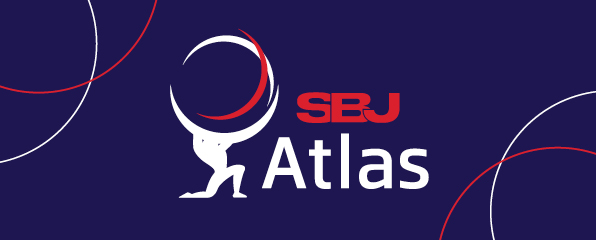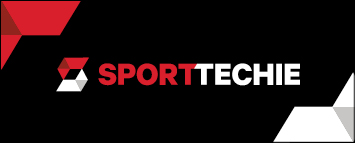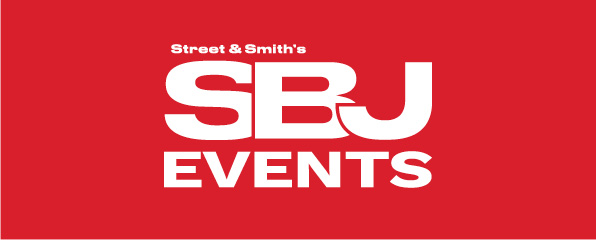Six Keys to Taking a Collegiate Esports Conference from Launch to Prosperity
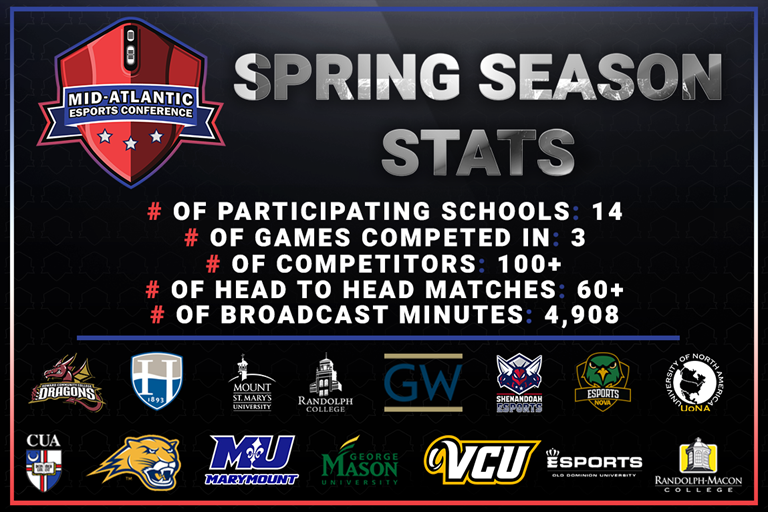
After launching this past Spring with 14 member schools competing across three titles, the Mid-Atlantic Esports Conference (MAEC) is gearing up for its fall season, fortified with a 15th school, fourth title, insight from its membership body, and knowledge gained from Season One.
Here are six elements critical to the MEAC as it fosters itself from infancy to viability, factors any collegiate esports conference should consider with an eye toward growth.
1. Collaborate
In July, CSL Esports announced a partnership with the National Association of Collegiate Esports (NACE), infrastructure company Nerd Street and software developer Mainline to launch the NACE Starleague, the largest college esports conference in the country. The sync-up is a harbinger for the collegiate esports landscape.
“Everybody's still trying to figure out who's working with whom, who's collaborating with whom,” said Dr. Joey Gawrysiak, director of Esports at Shenandoah University (a MAEC member) and chair of the NACE board of directors.
But there is clearly trend of organizing bodies working together.
“There is power in numbers right now for esports in order to run competitions with these titles,” Gawrysiak continued. “To get publisher approvals, you've got to have a large number of schools to show that there’s strength, to sell assets, to have commercial rights and to generate broadcasting revenue.”
There is a contrast between the “tone and tenor” of these developments in esports and the friction caused by consolidation in traditional college sports, according to Neil Johnson, director of esports at Events DC, the capital city’s convention and sports authority.
“This is a spirit of collaboration that everybody in the collegiate world appreciates,” Johnson said. “It doesn’t detract from anything, it helps build esports. The more eyeballs you get, the more you can command from a sponsorship, media and everything else.”
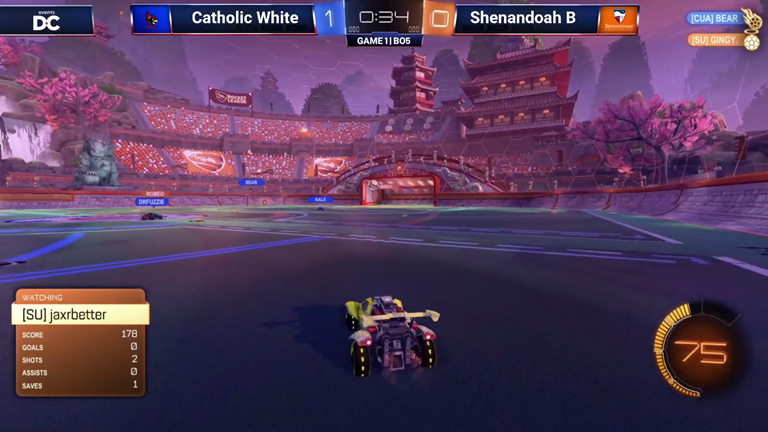
2. Expand
Averett University in Danville, Virginia, has agreed to join the MAEC this fall as its 15th school, and the membership body will continue to grow as schools develop their esports programs. There eventually could be 20 to 30 colleges and universities in the conference.
With expansion comes the challenge of competitive balance. Already, the conference includes schools of various sizes, skill and experience levels and geography.
“Not every school is going to compete in every title, so each title is going to have different numbers,” Gawrysiak said. “We might have 30 schools as part of the Mid-Atlantic Esports Conference, but we might have 20 teams in Rocket League, 15 in League of Legends, 20 in Overwatch. It’s going to fluctuate, so you can get larger conferences than you would see in traditional sports.”
“Our job is to be creative,” said Josh Hafkin, CEO of Game Gym, a DC-based organization that endeavors to coalesce the community around esports and serves as the MAEC’s organizing body. “If we get 20 schools or 20 teams, then maybe it's two divisions. Maybe we break it up into states -- we have a North, South, East and West. Our job is to take however many people want to participate and create a league structure that allows all of those teams to eventually produce a champion.”
“We've opened it up to every institution in DC, Maryland and Virginia that has an interest in joining this conference,” said Johnson. “As long as we're servicing the area that we had committed to, we'll find ways to keep it competitive.”
3. Add titles
Super Smash Bros. is coming aboard as the fourth title in which MAEC teams compete, and more titles will be added based on the desires of its members.
“We're working with the schools and asking them, ‘what do you want to play, what do you have an interest in?” Hafkin said. “So as that evolves, that's how the schedule will evolve. It's really about providing the best experience for our member schools.”
Industry trends also factor into what games will be played within the conference.
“As new games come out, as other games kind of wane, we have the flexibility to include or remove anything based on what our member schools are interested in,” Hafkin added.
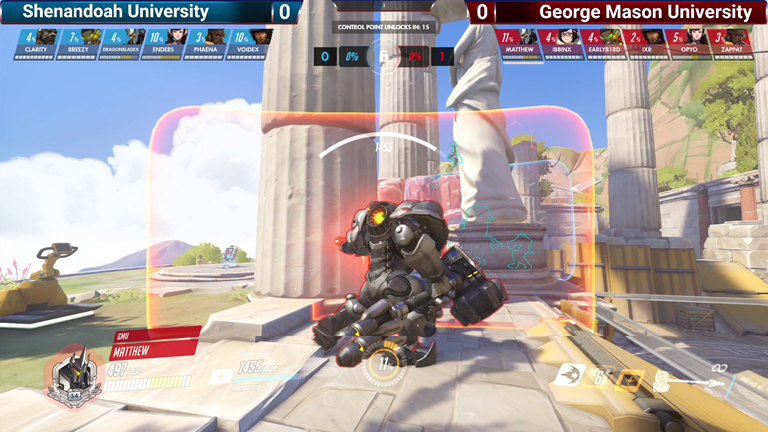
4. Create board of advisors
Since the evolution of a conference should flow from what best serves its schools, the MAEC elected four directors from member institutions to help guide it forward.
Gawrysiak, who sits on the board along with Alex Gunnerson from Randolph-Macon College, Russell Hammer from Mount St. Mary’s University and Lauren Long from George Mason University, said, “We have a voice as a board to help steer where the Mid-Atlantic Esports Conference is going strategically. With partnerships, working on new members and onboarding, working on games, student experiences and everything else in between.”
“Those four schools represent the MAEC’s diversity in terms of the size of the school, the size of the program, how far along the program is in esports,” said Evan Shubin, Game Gym’s COO. “That was our goal in setting up the board and finding people who chose to run for the board, and then the way the schools voted luckily played out in many ways exactly the way we were hoping.”
5. Enhance the student experience
While esports provides students opportunities such as competing, managing events, working in broadcast production and coaching, benefits to students extend further than the competition. For the MAEC, it includes high school combines, college fairs and game nights, as member schools have called on the conference about ways to enhance the student experience.
“People want to build this community beyond the actual competitions,” said Hafkin.
“The more we can get our students involved, the better off we're going to be,” added Gawrysiak, “and we’ll continue to spread the word to the high schools about what's available.”
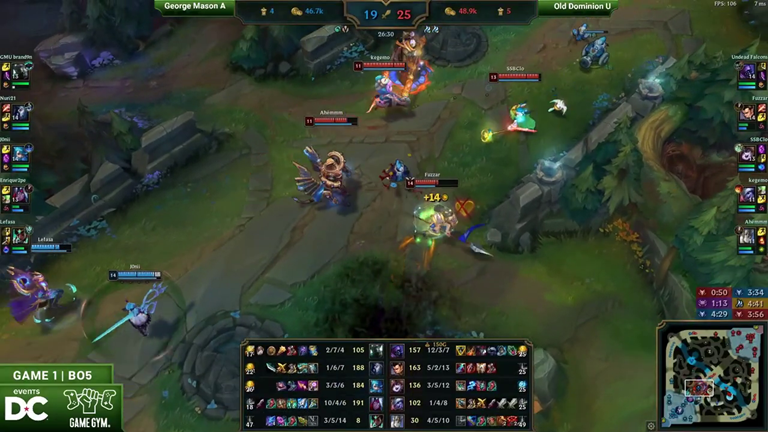
6. Get back to live events
Like the rest of the world, esports is eager for a return to normalcy, when crowds can gather comfortably and enjoy communal experiences.
“Esports is always better when you add an element of live events,” Events DC’s Johnson said. “We have a number of universities that are willing to host live events. It's finding that fine line when we can introduce live events back into the fray, because building a sense of community is something we want to do, and what better way to do that than have live events or have activations on campuses. That's an opportunity that we're waiting to pounce on. We're waiting for the market conditions to open back up.”
For more information, check out MAEC, Game Gym and Events DC.

